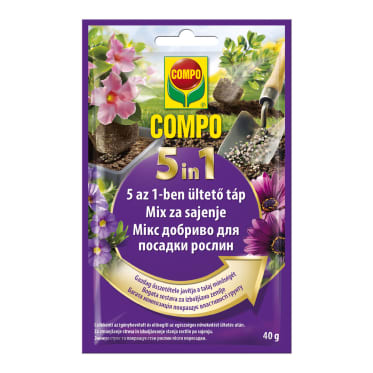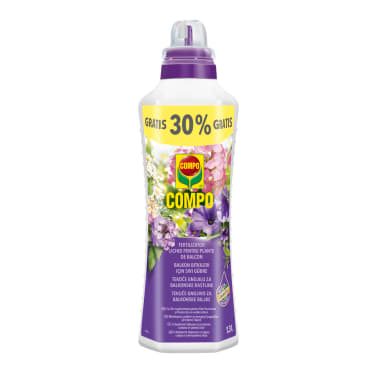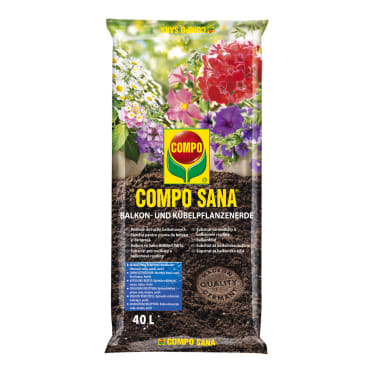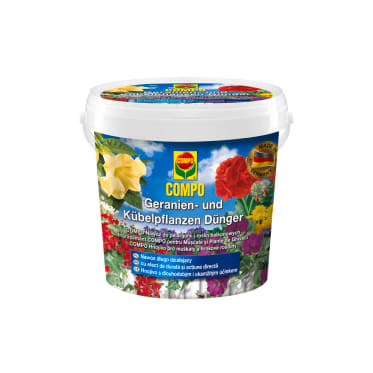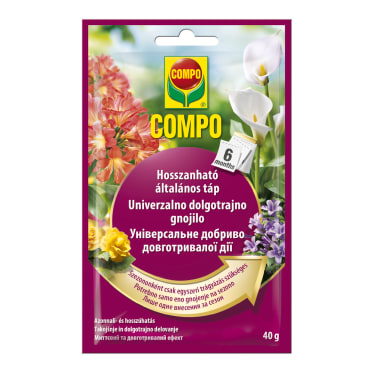Frequent search terms
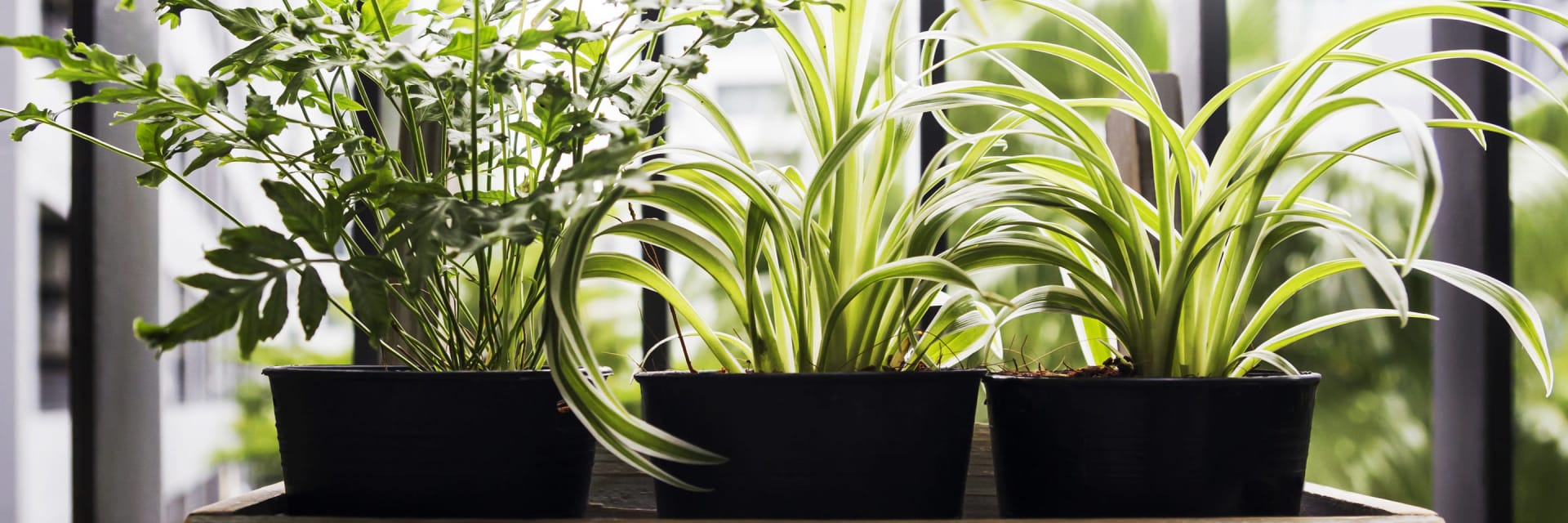
- COMPO
- Guide
- Plant Care
- Balcony and potted plants
- How to care for balcony and potted plants properly
How to care for balcony and potted plants properly
As soon as the first rays of sun are beckoning, balconies and terraces become a second living room for many of us. Every outdoor area becomes a green oasis with magnificent flowering plants in boxes, baskets and tubs. But this living decoration also needs care. These seven tips will help keep your balcony and potted plants beautiful for a long time.
Table of content

Tip no. 1
Find the perfect spot for your plant!
Every plant has different properties and preferences. Before you start planting, you should get an idea about the light and temperature conditions on your balcony: Is it shaded and cool during the day on your balcony? Which areas of your balcony are particularly sunny? If you are aware of these features, find out about the special requirements of the plants. Select the plants for the right location, and not the other way round!


Make sure you have the right light
Although many plants can adapt to the circumstances at hand, the following is generally true: The better the actual light conditions where the plant is kept meet its needs, the more abundant its growth.
René Wadas, 'Plant Doctor'
Tip no. 2
Good timing is everything: Choose the best time for planting
Patience pays off – this is especially true for gardeners! Boxes, tubs and trays for balconies and terraces are normally planted after the Ice Saints period (10-15 May). If you can't wait and want to decorate your boxes earlier than that, you should keep an eye on the weather forecast and cover your balcony flowers with non-woven fabric or place them against the building wall to protect them should there be the risk of frost.

Tip no. 3
Make sure the plant stands firm – with the right potting soil
Besides light, heat and air, your plants need one thing in particular to do well: good soil. It supports the roots, ensures that the plant stands firm and stores water and nutrients. Balcony and tub plants only develop optimally in light and well-aerated substrates. A high-quality potting soil should also contain a basic fertiliser tailored to the plants, meeting their nutrient requirements in the first few weeks. Our range includes a variety of different potting soils – each tailored to the specific requirements of plants. The pH value is an important quality feature of potting soil, as the nutrients in the soil can only be absorbed by the plants with the correct pH value. It also has an impact on the activity of soil life and resistance to diseases. Most plants prefer soils with a pH value between 5.5 and 6.5. You can either determine the value yourself using pH test strips or order an analysis from a DIY store or a garden centre.
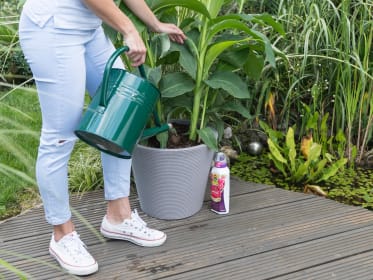
Tip no. 4
Adjust watering to the needs of your plants
How intensively and often plants should be watered depends on many factors. The following applies: It is better to water too little than too much! A simple test with your thumb helps to determine the right amount. It is best to water plants in the morning or the evening with rainwater – water from the tap is often too cold and hard. Plants on the north side of the building generally need to be watered less than plants facing south. The same goes for plants in plastic pots. Plants in clay or terracotta pots need far more water because clay stores water, which then simply evaporates through the walls or is sometimes dispensed back into the soil.

Tip no. 5
Regularly pamper your plants with an extra dose of nutrients
A plant regularly needs certain nutrients to grow and thrive. In the wild, this balance of nutrients is struck by the plant itself to some degree: Nutrients that nourish plants are formed when dead plant matter is broken down by soil organisms. But this biological cycle is interrupted in balcony and tub plants. To prevent deficiency symptoms, you should also fertilise your plants. Depending on your preference, you can either use liquid/slow-release fertilisers or fertiliser sticks.
Tip no. 6
Ward off diseases and pests
Confidence is good, but it's better to check: Inspect your plants regularly for pests or diseases. Aphids, spider mites, whiteflies and the like tend to appear in entire colonies. But it is not always easy to spot them because they are so tiny and often sit under the leaves. The earlier you identify the critters, the quicker you can embark on the necessary measures. Look out for sticky spots as well as yellow leaves and leaf spots. You can prevent fungal diseases by regularly removing any finished flower heads, withered or brown leaves. Affected plants should first be isolated to prevent the pests from passing to other plants. Make sure there is enough space between plants. Don't plant them too close together. This allows plants to dry after it has rained or they have been watered and significantly reduces the chances of them being infected with fungi.
Tip no. 7
Prepare your plants for overwintering
To protect your balcony and tub plants from frost, you should put them in bright, cool rooms during the winter, e.g. in the stairway or cellar. The ideal temperature is 5-12°C: it is important that it never goes above 15°C. It is advisable to regularly ventilate the room and water the plants sparingly – this prevents premature, weak sprouting and diseases.
These products help you care for your balcony and potted plants

